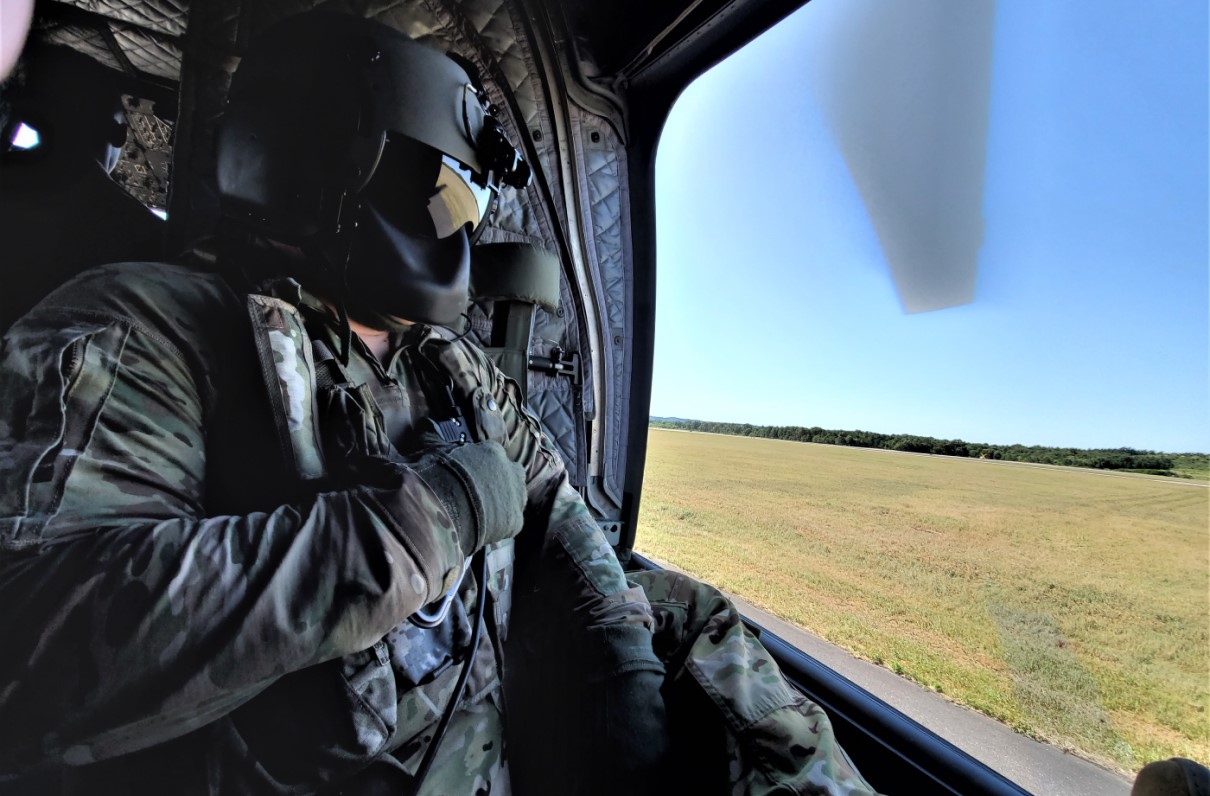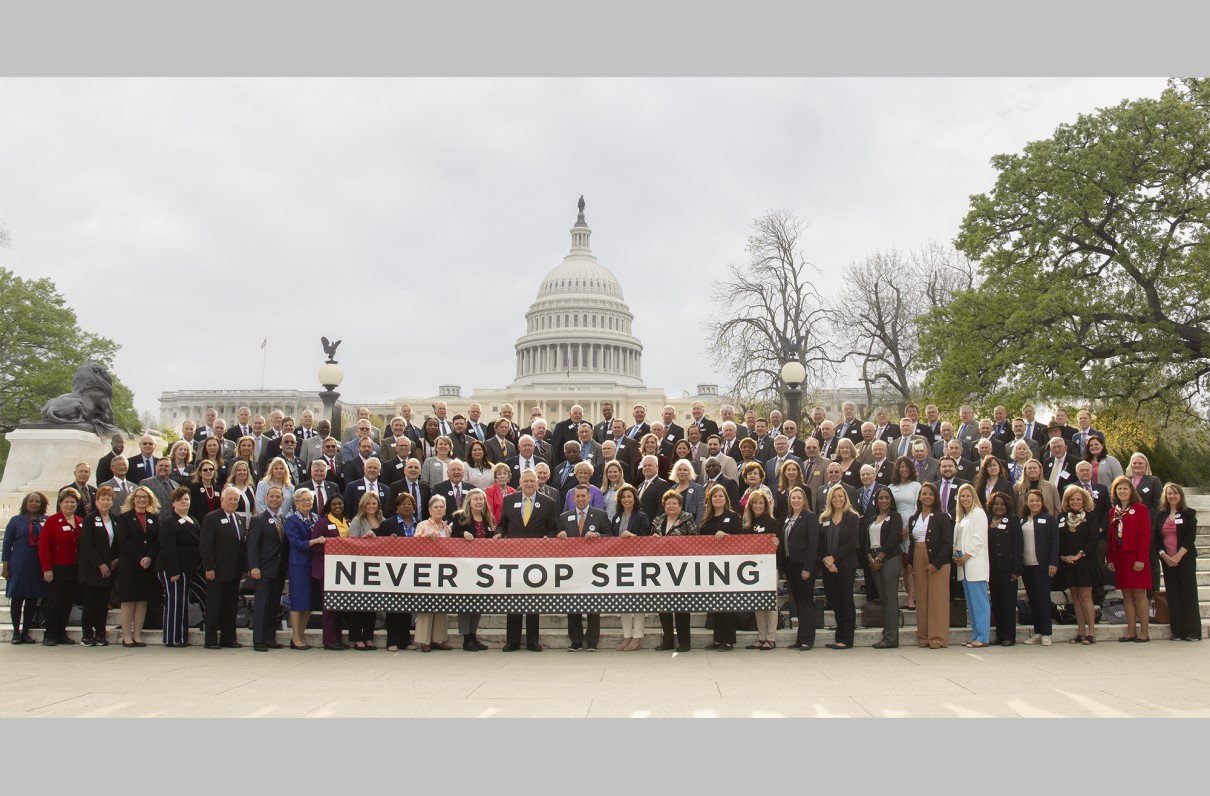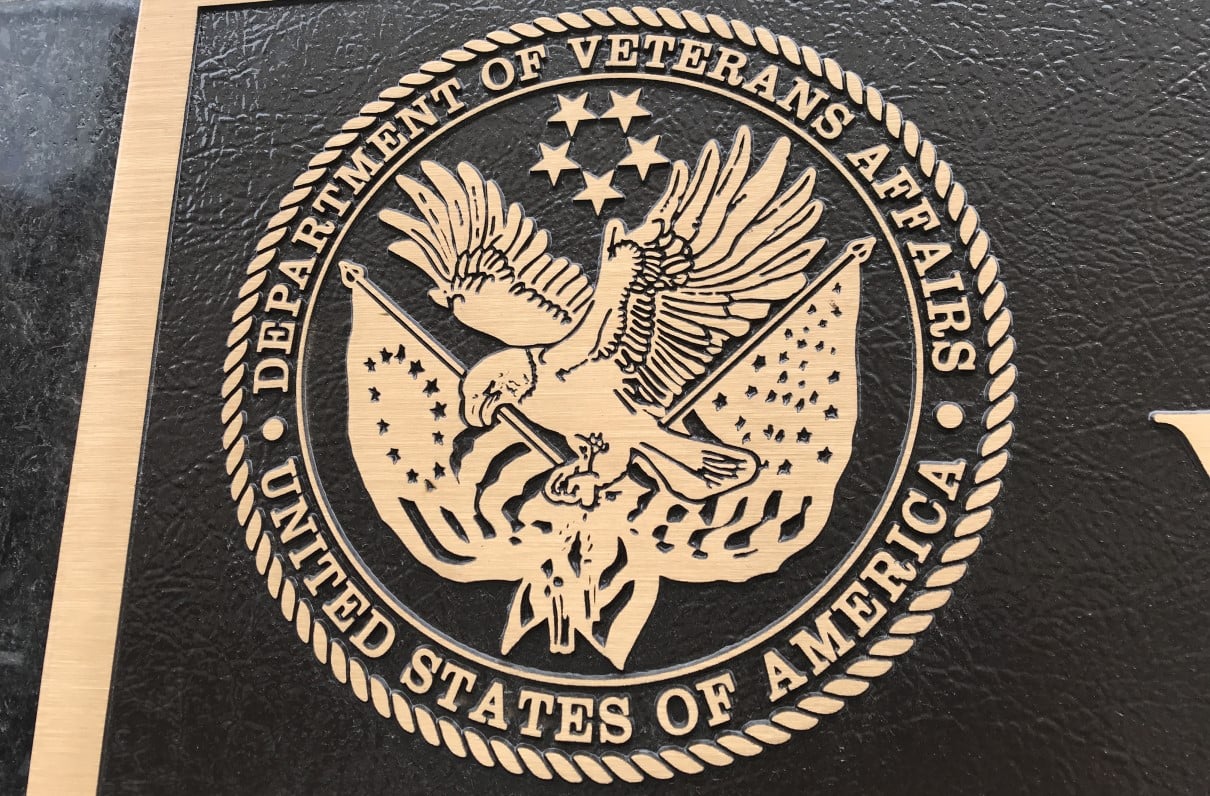The reserve component is critical to our national security strategy and has continuously deployed at a greater pace than imagined a decade ago. Whether serving overseas, securing our border, or helping to protect in our communities with COVID-19 quarantine operations, reserve forces play an increasingly important role for our national security.
Essential to their readiness is maintaining proficiency standards to do their job. National Guardsmen have many specialty duties that require constant training to ensure servicemembers are ready to activate when our nation needs them.
The standards to maintain proficiencies such as parachute duty, aircrew duty, and many others are not dependent on duty status; however, the pay is. Reserve component personnel receive only 1/30th of the pay their active-duty counterparts receive for their specialty pay.
[TAKE ACTION: Tell Congress the Reserve Component Deserves the Same Pay for the Same Risks]
For example, to qualify for hazardous duty incentive pay (HDIP) for parachute duty, a servicemember is required to jump at least once during a three-month period. This qualification is the same for active and reserve components. An active-duty member who is paid HDIP for a static line parachute jump receives $150 per month, while the reservist receives $12 despite having to make the same number of jumps to keep the HDIP.
A servicemember in the reserve component is taking the same risk as their active-duty counterpart for a fraction of the pay (See more examples below). This issue is not just one of fairness, but one of maintaining our readiness as a total force.
Fortunately, Congress recognizes this inequity and is working to resolve it. Bipartisan and bicameral bills were introduced last month to fix this issue. Sens. Joe Manchin (D-W.Va.), Kevin Cramer (R-N.D.), and Tammy Duckworth (D-Ill.) released the Senate version.
In a press release, Manchin said, “Our National Guard and Reserve servicemembers risk their lives so Americans can enjoy the freedoms they have fought for us to keep. We owe it to those who put themselves in harm’s way that they are paid comparably to their active duty colleagues.”
The House version of the bill was introduced by Reps. Andy Kim (D-N.J.), Trent Kelly (R-Miss.), Tim Ryan (D-Ohio), Steven Palazzo (R-Miss.), Tom Cole (R-Okla.), and Elissa Slotkin (D-Mich.).
Rate Breakdown
Monthly Hazardous Duty Incentive Pay rates for:
Aircrew
- Active enlisted: $150-$240
- Reserve component (RC), enlisted: $12-$20
- Active warrant officer: $150-$215
- RC, warrant officer: $12-$17
- Active, officer: $150-$250
- RC, officer: $12-$20
Parachute Duty (High Altitude, Low Opening)
- Active: $150-$225
- RC: $12-$20
Other hazardous duties offer $150 per month to active duty members and $12 to RC members. These include:
- Demolition
- Experimental stress
- Flight deck
- Exposure to highly toxic pesticides
- Laboratory duty utilizing live dangerous viruses or bacteria
- Toxic fuels and propellants
- Handling chemical munitions
- Maritime visit, board, search, seizure (VBSS)
- Weapons of mass destruction civil support (WMDCS) team
- Diving



